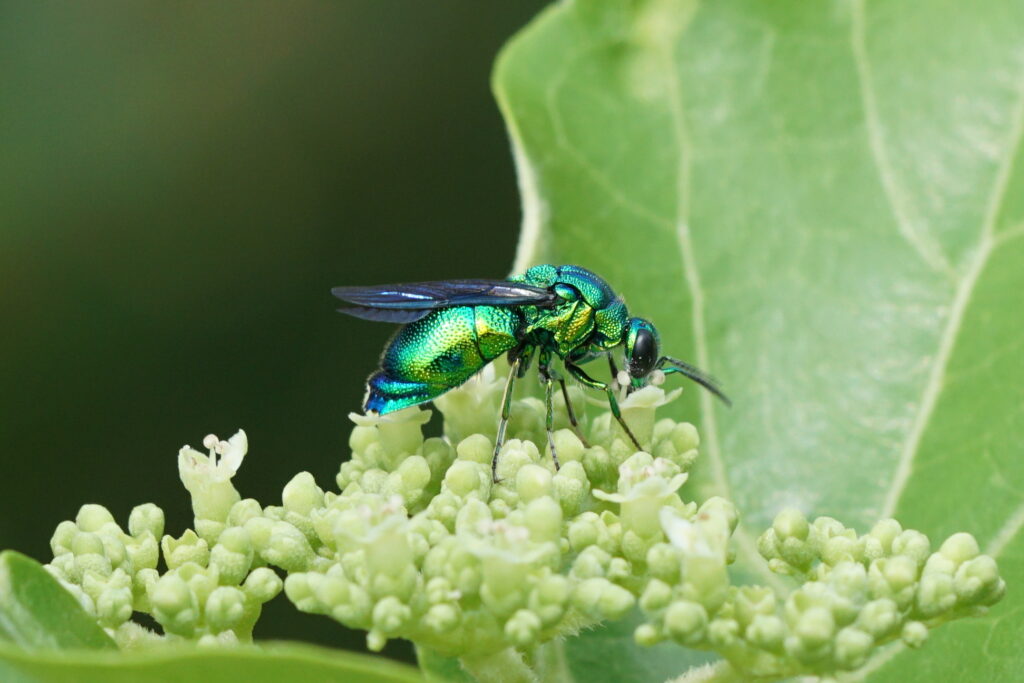Picture this: a cockroach wandering aimlessly through the forest, its movements sluggish and zombie-like, while a tiny wasp rides on its back like a jockey steering a horse. This isn’t science fiction—it’s the horrifying reality of one of nature’s most sophisticated mind-control operations. The emerald cockroach wasp has perfected the art of turning its prey into living, breathing zombies, and the process is more disturbing than any horror movie you’ve ever seen.
The Master Manipulator: Meet the Emerald Cockroach Wasp

The emerald cockroach wasp, scientifically known as Ampulex compressa, is a jewel-colored nightmare that measures just about an inch long. Don’t let its stunning metallic green and blue appearance fool you—this tiny predator is one of nature’s most ruthless puppet masters. Native to South Asia, Africa, and parts of the Pacific, this wasp has evolved over millions of years to perfect its gruesome craft. What makes this wasp particularly terrifying is its surgical precision. Unlike other wasps that simply sting and kill their prey, the emerald cockroach wasp needs its victim alive and cooperative. The cockroach must remain fresh for weeks, serving as a living nursery for the wasp’s developing offspring.
The Perfect Victim: Why Cockroaches Make Ideal Zombies
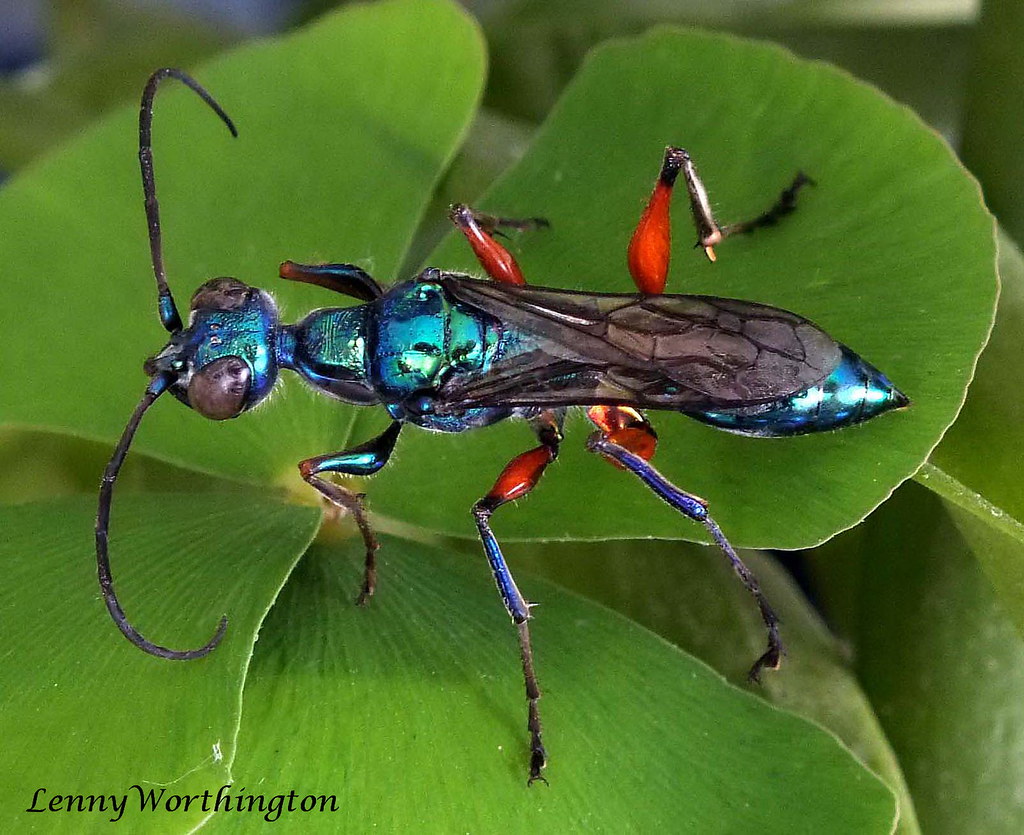
Cockroaches aren’t chosen randomly as victims—they’re the perfect hosts for this diabolical scheme. Their robust bodies can survive extensive internal damage while remaining functional, and their simple nervous systems make them easier to manipulate than more complex insects. The wasp specifically targets American cockroaches, which are large enough to provide substantial nourishment for developing wasp larvae. These resilient insects can live for weeks without their heads, making them ideal zombie candidates. Their decentralized nervous system means that even with brain damage, their bodies continue functioning normally. This biological quirk is exactly what the wasp exploits to create its living, breathing food storage system.
The First Strike: Paralyzing the Prey
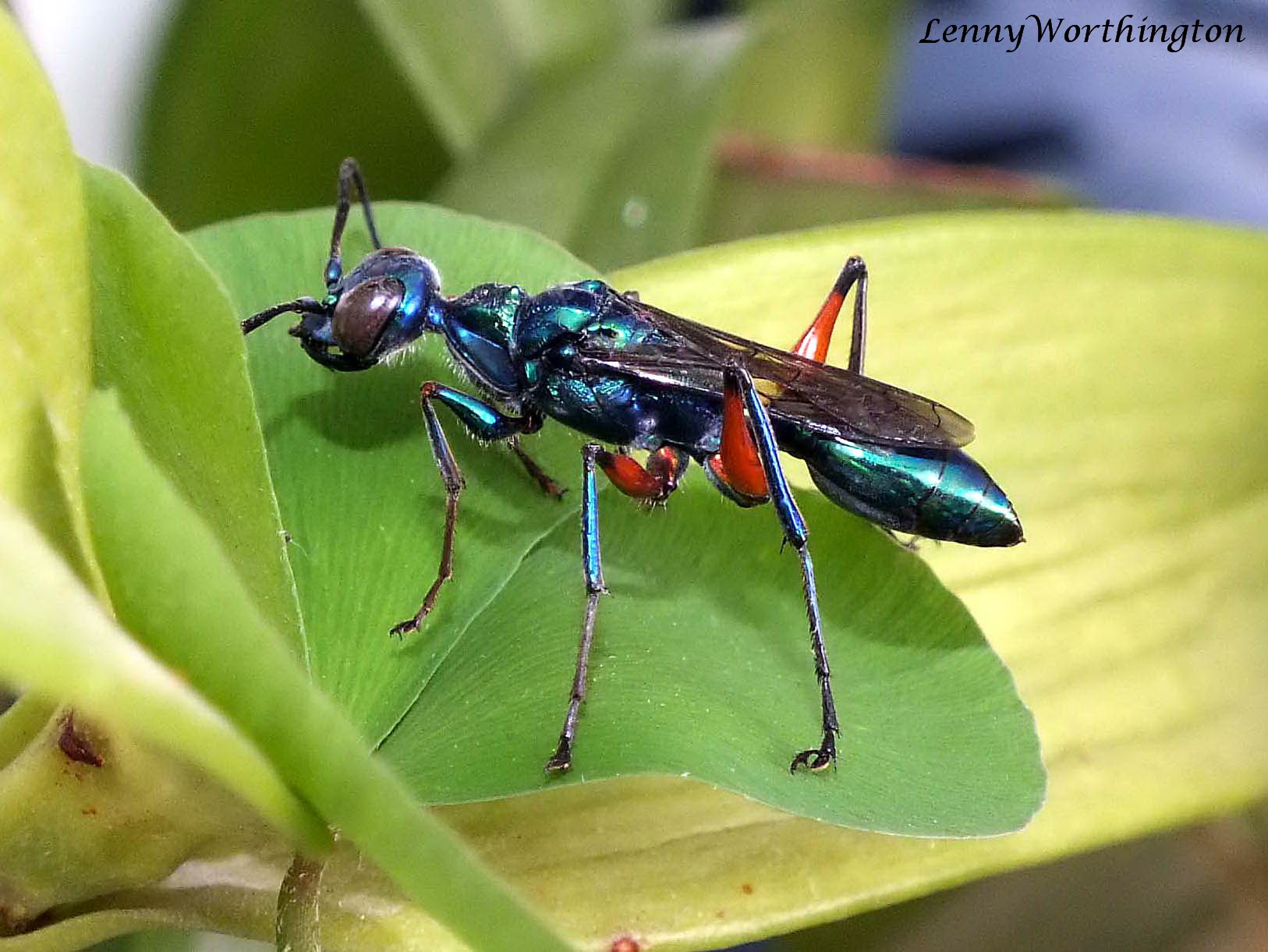
The zombification process begins with a lightning-fast ambush that would make any action hero jealous. The wasp swoops down and delivers its first sting directly into the cockroach’s thorax, targeting the nerve center that controls the front legs. This precise injection of venom temporarily paralyzes the cockroach’s ability to flee, turning a potential escape artist into a sitting duck. The venom contains a cocktail of neurotoxins that block sodium channels in the cockroach’s nervous system. Within seconds, the cockroach’s front legs become useless, though it can still move its antennae and rear legs. This partial paralysis lasts just long enough for the wasp to position itself for the killing blow—or rather, the zombifying blow.
Brain Surgery Without Anesthesia: The Second Sting
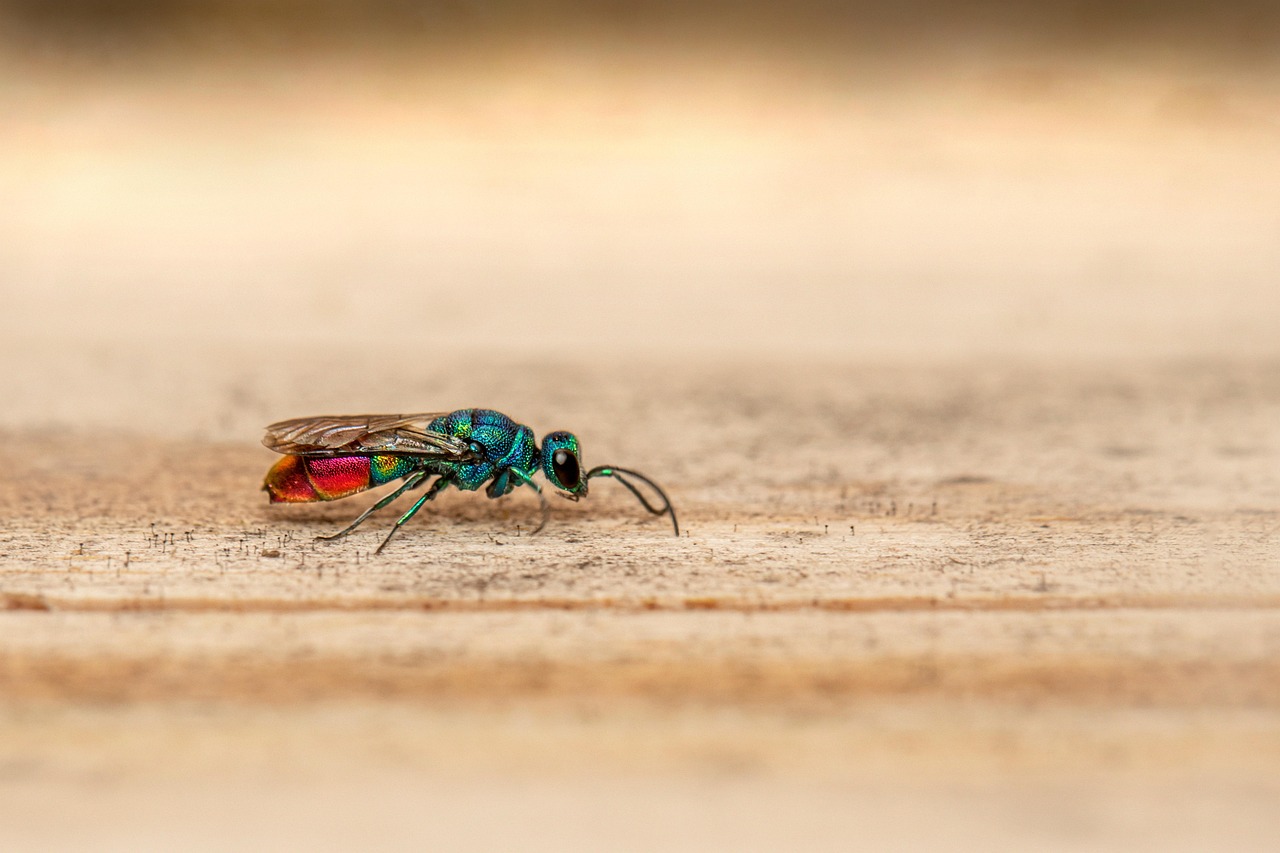
What happens next is so precisely executed that it puts human neurosurgeons to shame. The wasp plunges its stinger directly into the cockroach’s brain, specifically targeting two areas: the protocerebrum and the subesophageal ganglion. These brain regions control the cockroach’s motivation and decision-making processes, essentially its free will. The wasp’s stinger isn’t just a simple needle—it’s a sophisticated sensory organ equipped with chemoreceptors and mechanoreceptors. The wasp can actually feel around inside the cockroach’s brain, like a blind person reading braille, to locate the exact neurons it needs to destroy. This biological precision is more accurate than many modern medical procedures. The second dose of venom is completely different from the first. Instead of paralyzing muscles, it targets specific neurotransmitter pathways that control motivation and escape responses. The cockroach remains physically capable of movement but loses all desire to flee or defend itself.
The Zombie Effect: When Free Will Disappears

Once the brain surgery is complete, the transformation is both immediate and terrifying. The cockroach enters a state that scientists call “hypokinesia”—a zombie-like condition where it becomes completely docile and suggestible. It can walk, groom itself, and perform basic functions, but it has lost all sense of self-preservation and motivation. Think of it like a biological remote control. The cockroach’s body works perfectly, but its mind is no longer its own. It won’t flee from predators, won’t seek food aggressively, and won’t resist when the wasp begins leading it around like a pet on a leash. This isn’t death—it’s something far more unsettling.
Leading the Lamb to Slaughter: The Death March
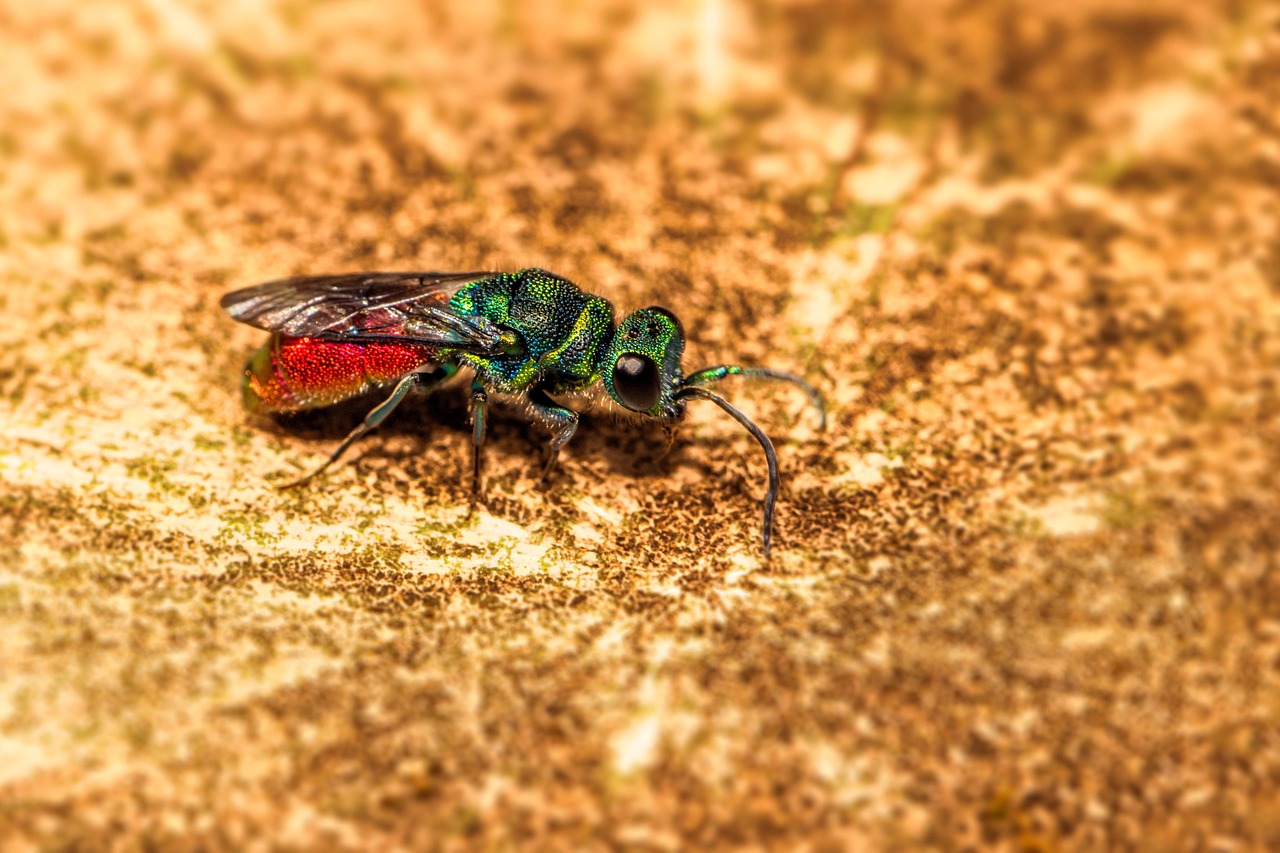
After the zombification is complete, the wasp performs one of nature’s most disturbing acts of manipulation. It grabs the cockroach’s antenna like a dog leash and begins leading its braindead victim on a slow march to its tomb. The cockroach follows obediently, walking in perfect sync with its captor despite having every physical ability to escape. This macabre parade can last for several minutes as the wasp searches for the perfect burial site. The cockroach never resists, never tries to flee, and never shows any sign of recognizing its impending doom. It’s like watching someone walk willingly to their own execution, completely unaware of what’s about to happen.
The Living Tomb: Burial While Alive
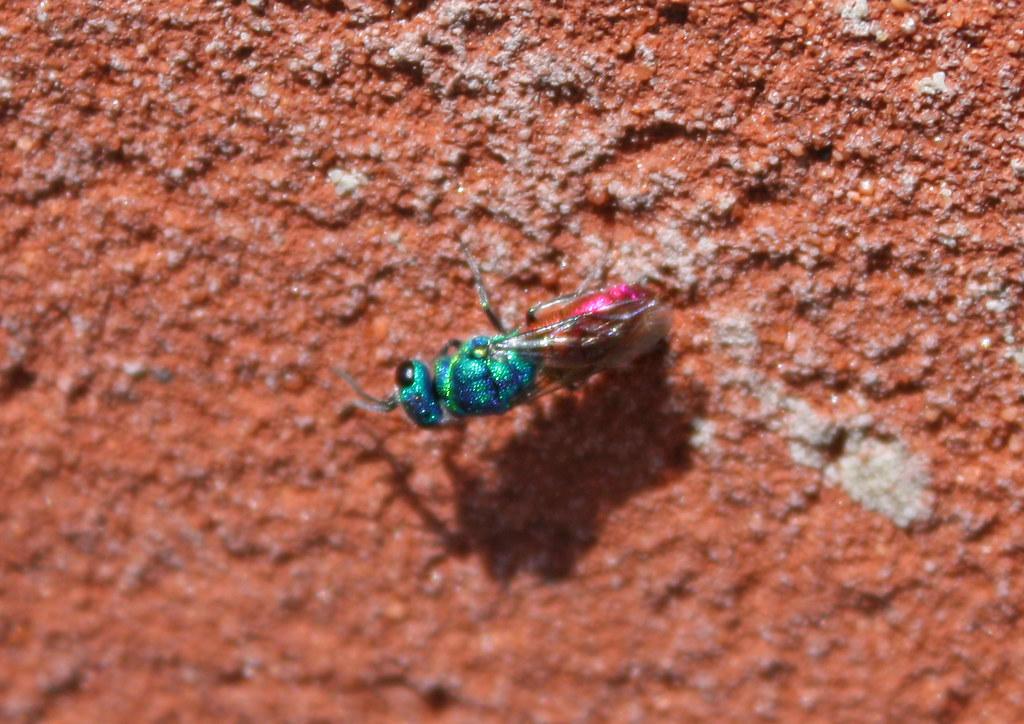
The wasp’s destination is typically a small crevice, burrow, or cavity that will serve as both tomb and nursery. Once they arrive, the wasp forces the zombie cockroach into the space and begins the gruesome process of sealing it alive. Using mud, debris, and other materials, the wasp creates a living sarcophagus with the cockroach trapped inside. But the horror doesn’t end there. Before sealing the tomb completely, the wasp lays a single egg on the cockroach’s leg or abdomen. This egg will hatch into a larva that will spend the next several weeks slowly consuming its living host from the inside out. The cockroach remains alive and aware throughout this process, unable to escape or defend itself.
The Slow Consumption: A Living Nightmare
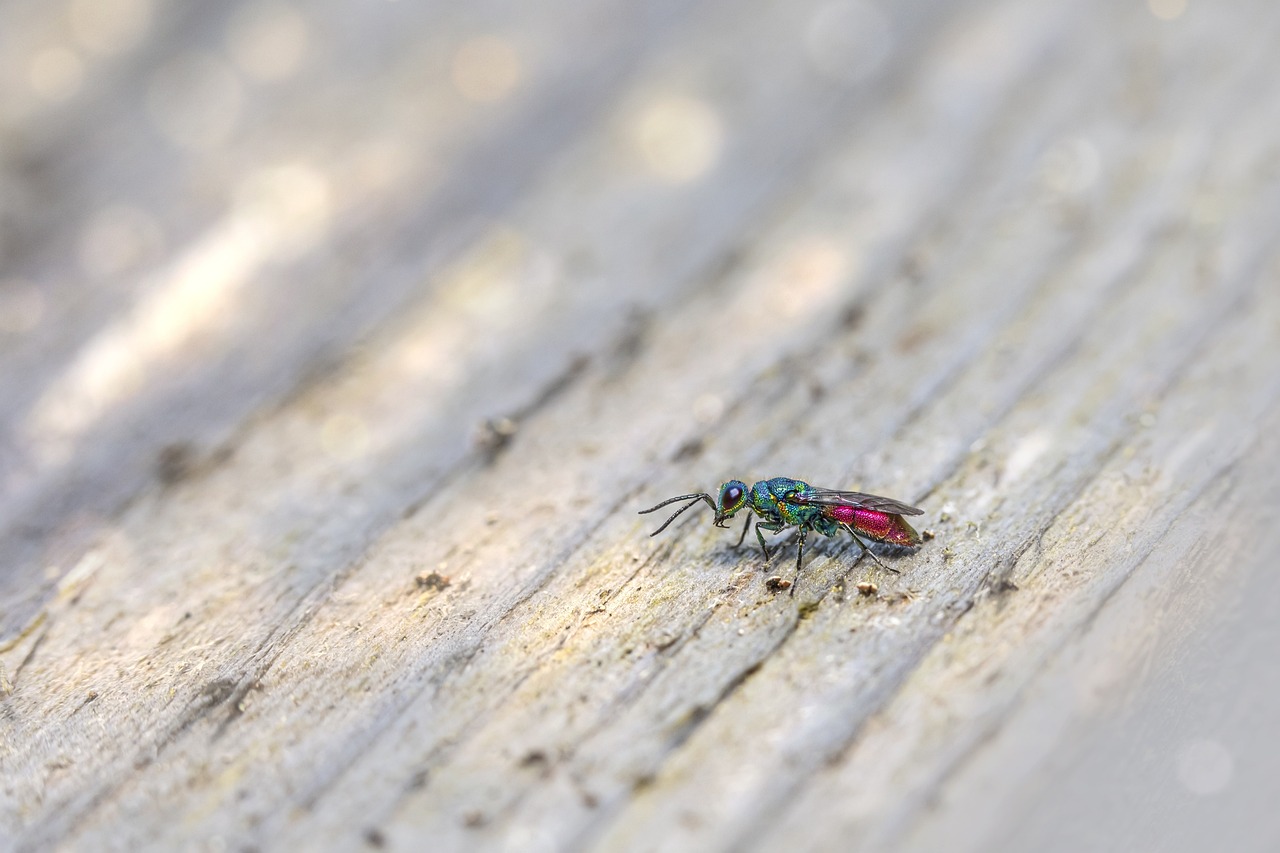
What follows is perhaps the most disturbing part of this entire process. The wasp larva begins as a tiny, helpless creature that feeds on the cockroach’s bodily fluids and less essential tissues. It’s programmed by evolution to keep its host alive as long as possible, eating around vital organs and avoiding anything that might kill the cockroach prematurely. The larva grows rapidly, molting several times as it consumes more and more of its host. The cockroach becomes increasingly hollowed out but continues to live, breathe, and even move occasionally. It’s like a biological horror movie where the victim is eaten alive in slow motion over the course of several weeks. Only when the larva is nearly fully developed does it finally consume the cockroach’s vital organs, killing its host. By this point, the cockroach has been reduced to little more than a living shell, its body cavity filled with the rapidly growing wasp larva.
The Chemical Weapons: Decoding the Venom
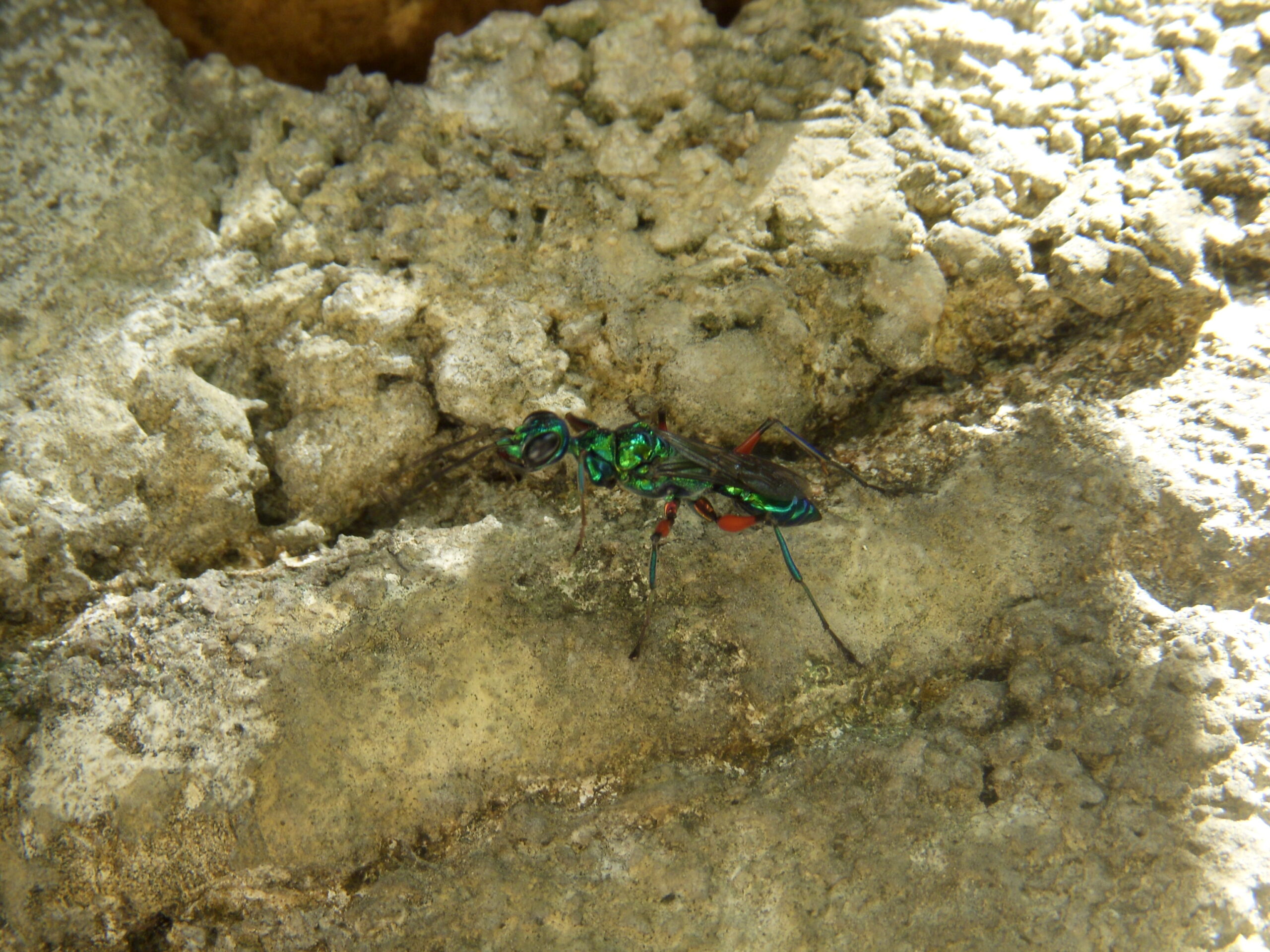
Scientists have spent years analyzing the wasp’s venom, and what they’ve discovered is more complex than any pharmaceutical cocktail. The venom contains dozens of different compounds, each serving a specific purpose in the zombification process. Some block pain receptors, others target specific neurotransmitters, and still others prevent the cockroach’s immune system from fighting back. One of the most fascinating components is a substance that appears to mimic the cockroach’s own brain chemicals. This molecular mimicry allows the venom to integrate seamlessly with the cockroach’s nervous system, making the manipulation nearly undetectable. It’s like a biological trojan horse that infiltrates the cockroach’s brain from within. The venom also contains antimicrobial compounds that help preserve the cockroach’s body during the weeks-long consumption process. These natural preservatives prevent bacterial infection and decay, ensuring that the larva has access to fresh, healthy tissue throughout its development.
Evolutionary Perfection: Millions of Years in the Making
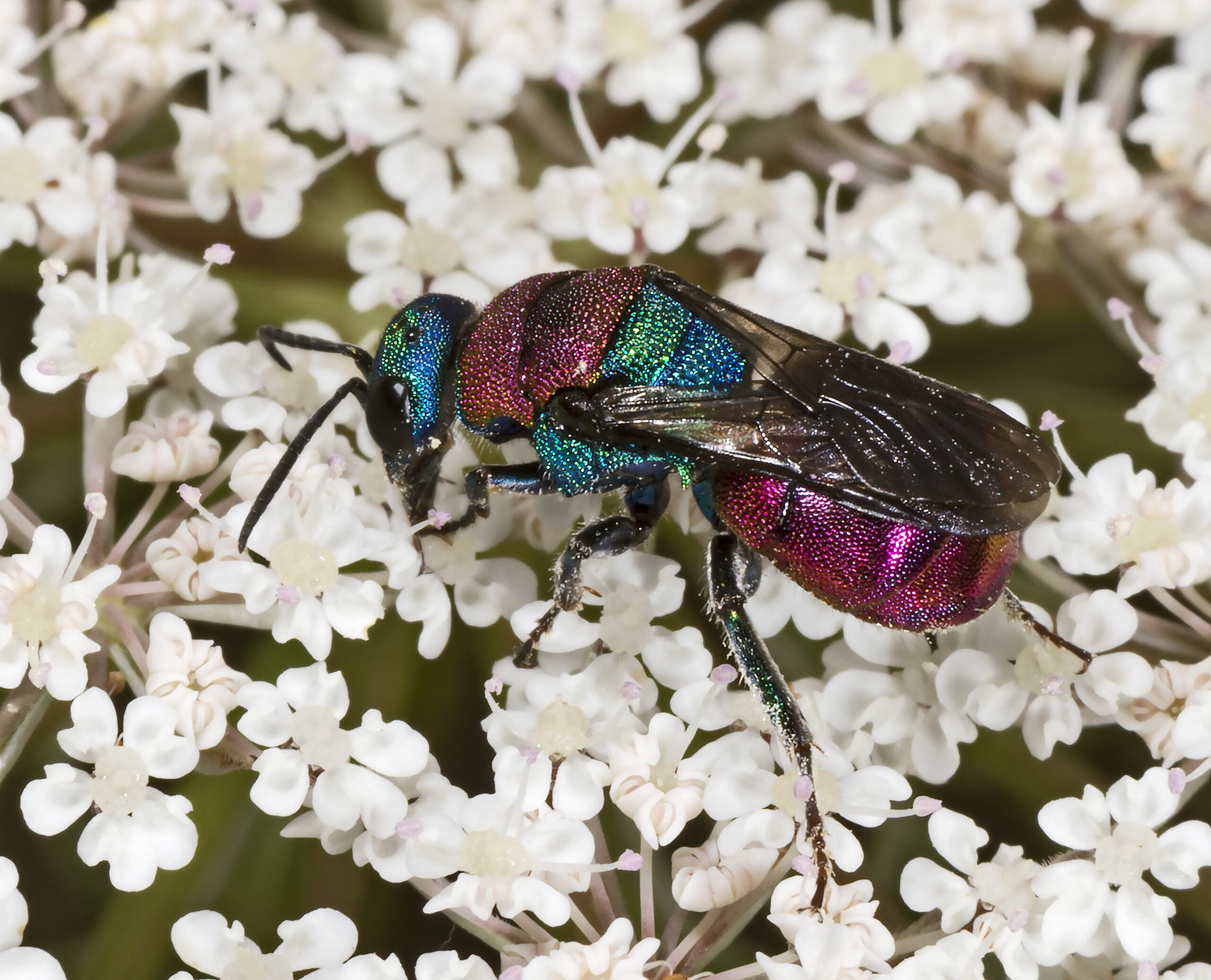
This horrifying process didn’t develop overnight—it’s the result of millions of years of evolutionary refinement. The emerald cockroach wasp and its ancestors have been perfecting this technique for eons, with each generation becoming slightly more efficient at turning cockroaches into zombies. Natural selection has favored wasps with more precise stingers, more effective venom, and better brain-surgery skills. The relationship between predator and prey has driven both species to evolve increasingly sophisticated adaptations. While the wasp developed better mind-control techniques, cockroaches evolved thicker skulls and more complex nervous systems. It’s an evolutionary arms race that continues to this day.
The Neuroscience Revolution: What Scientists Are Learning
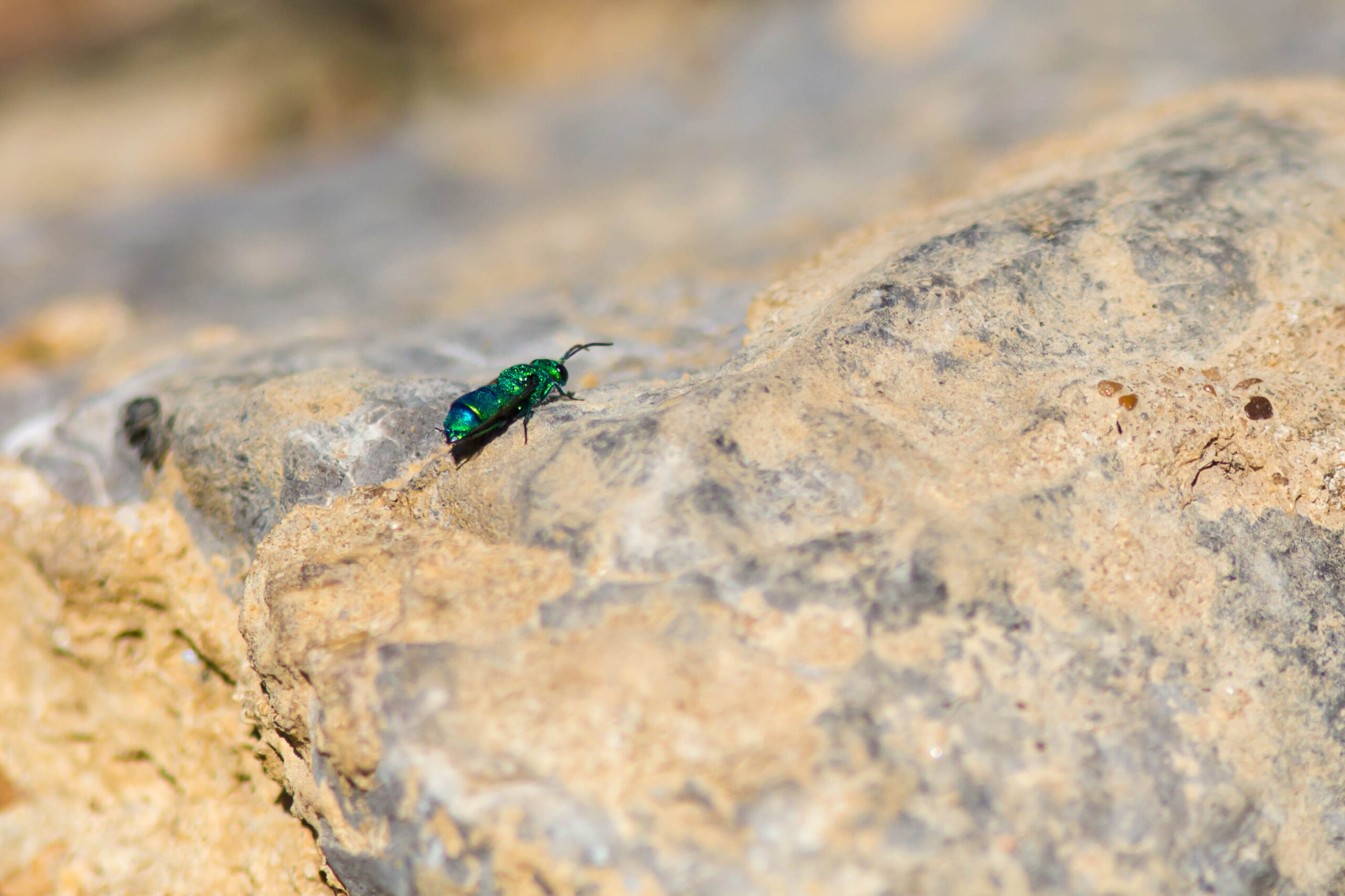
Research into the emerald cockroach wasp has opened up entirely new fields of neuroscience and behavioral biology. Scientists are using this natural example of mind control to better understand how brains work and how behavior can be modified through chemical intervention. The precision of the wasp’s technique rivals anything humans have achieved in neurosurgery. Studies have shown that the wasp’s venom affects dopamine and octopamine pathways in the cockroach’s brain—the same neurotransmitter systems that control motivation and reward in human brains. This research has implications for treating depression, addiction, and other neurological disorders. The wasp has essentially provided us with a roadmap for understanding how motivation and free will function at the molecular level. Some researchers are even exploring whether the wasp’s venom compounds could be modified for medical use, potentially creating new treatments for neurological conditions. Of course, the ethical implications of such research are staggering.
Not Alone: Other Mind-Control Masters in Nature
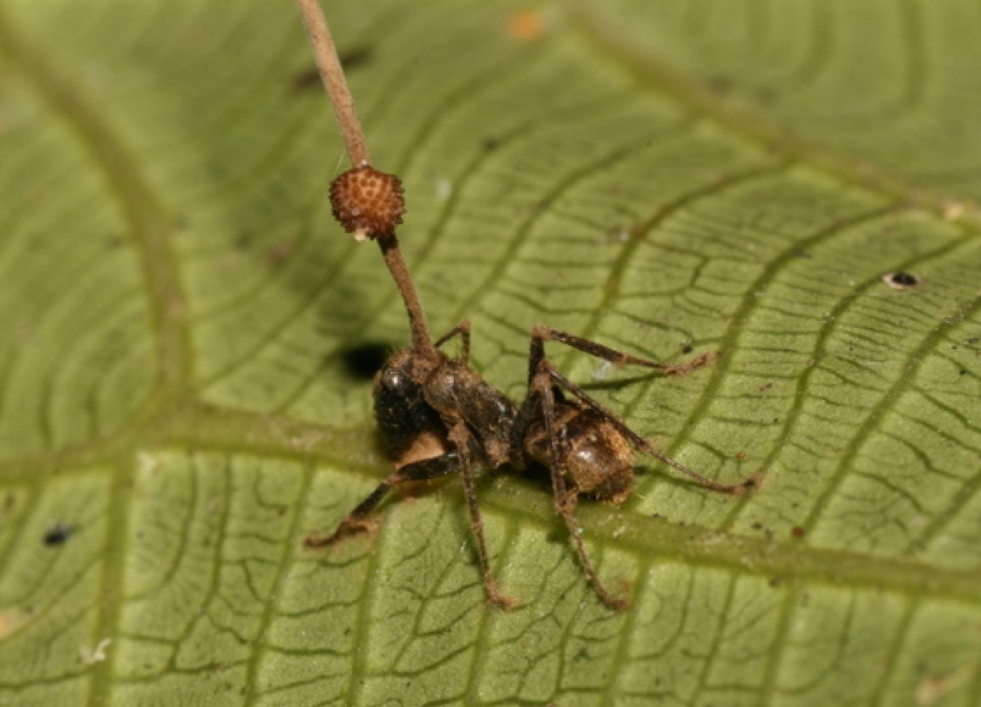
While the emerald cockroach wasp might be the most sophisticated example, it’s not the only creature that practices mind control. The fungus Ophiocordyceps unilateralis turns ants into zombies, forcing them to climb to optimal spore-dispersal locations before killing them. The parasitic worm Leucochloridium paradoxum makes snails behave like caterpillars to attract bird predators. These examples show that mind control is a surprisingly common strategy in nature. Evolution has repeatedly discovered that manipulating behavior is often more effective than simple predation. The emerald cockroach wasp has simply taken this concept to its logical extreme.
The Ecological Impact: Balance in a Brutal System
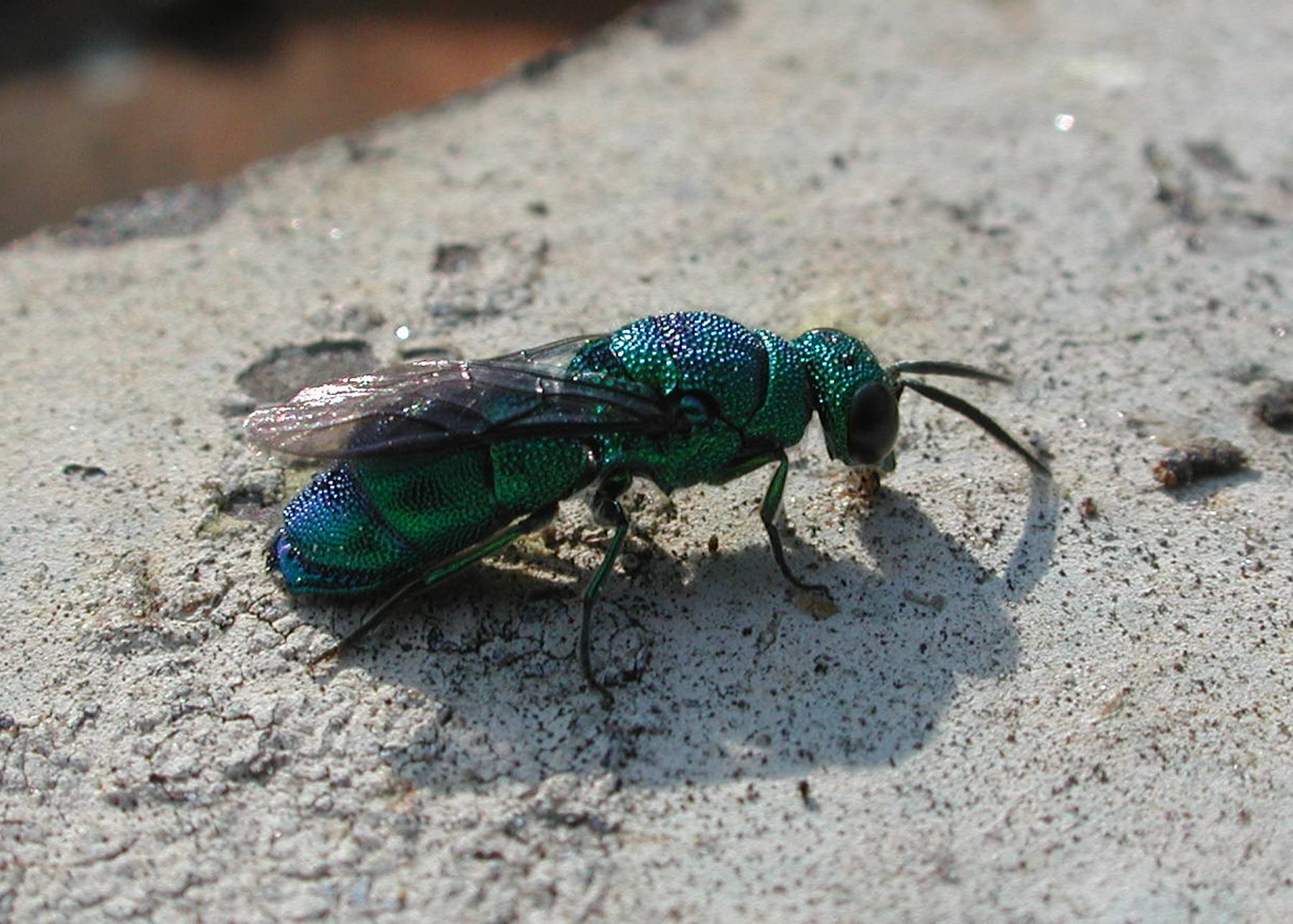
Despite their horrifying methods, emerald cockroach wasps play an important ecological role. They help control cockroach populations and serve as food for other predators when they reach adulthood. Their larvae are also vulnerable to hyperparasites—other wasps that parasitize the emerald cockroach wasp larvae, creating a complex web of predator-prey relationships. This brutal system of mind control and parasitism might seem cruel by human standards, but it’s part of nature’s complex balance. The wasp’s technique ensures that cockroach populations don’t explode out of control, while providing a reliable food source for the wasp’s offspring. It’s efficiency at its most ruthless. In some regions, these wasps have been considered as biological control agents for pest cockroaches. However, introducing non-native species always carries risks, and the wasps might target beneficial insects as well as pests.
Human Fascination: Why We Can’t Look Away
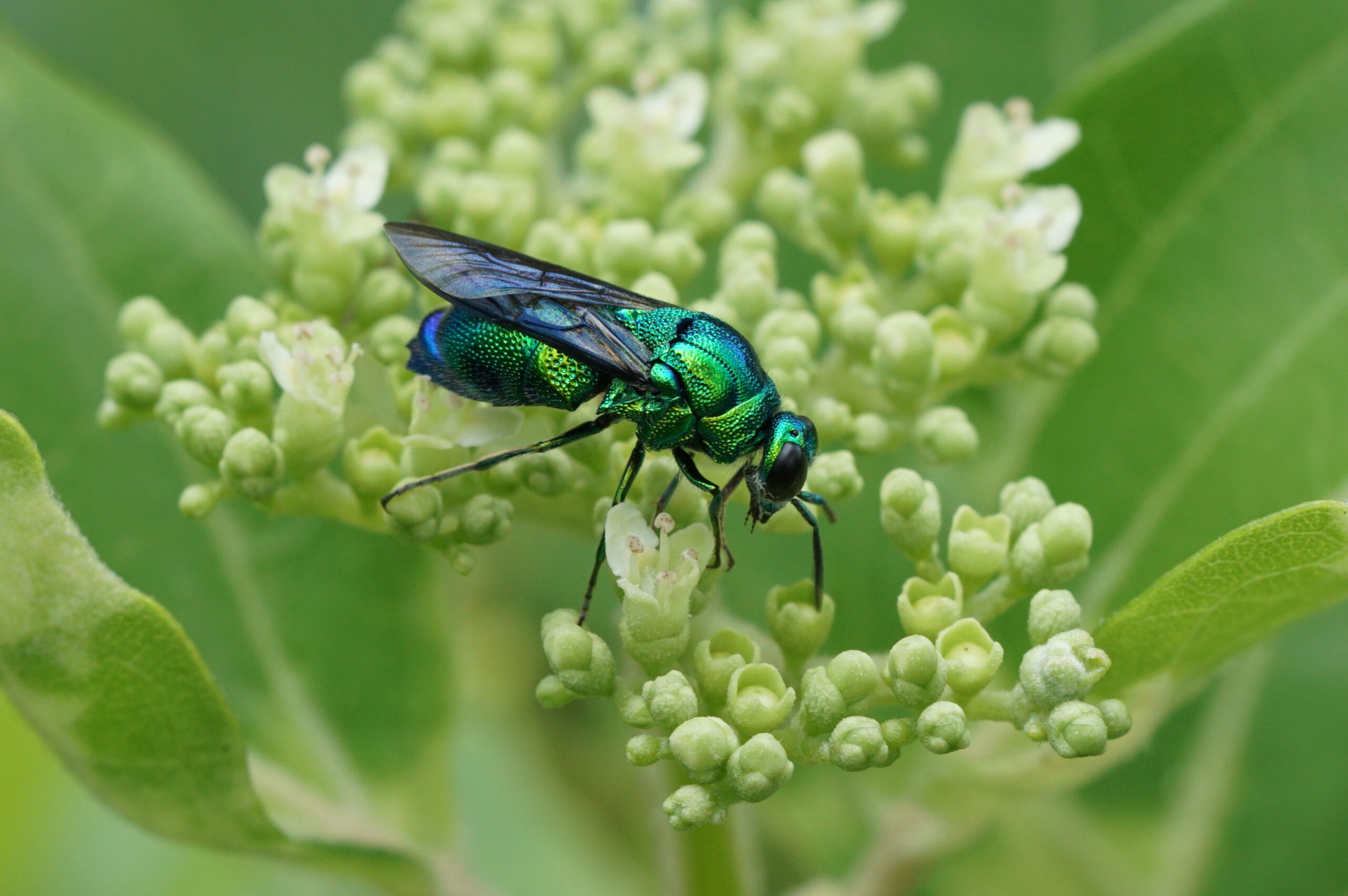
There’s something deeply unsettling about the emerald cockroach wasp’s technique that captures human imagination. Perhaps it’s because the concept of losing free will is one of our deepest fears. The idea that a creature could be reduced to a mindless zombie while still technically alive touches on primal anxieties about consciousness and control. This fascination has led to countless documentaries, research papers, and even horror movies inspired by the wasp’s technique. The precision and sophistication of the mind control process challenges our assumptions about intelligence and consciousness in the insect world. It forces us to confront the possibility that free will might be more fragile than we’d like to believe.
Conclusion
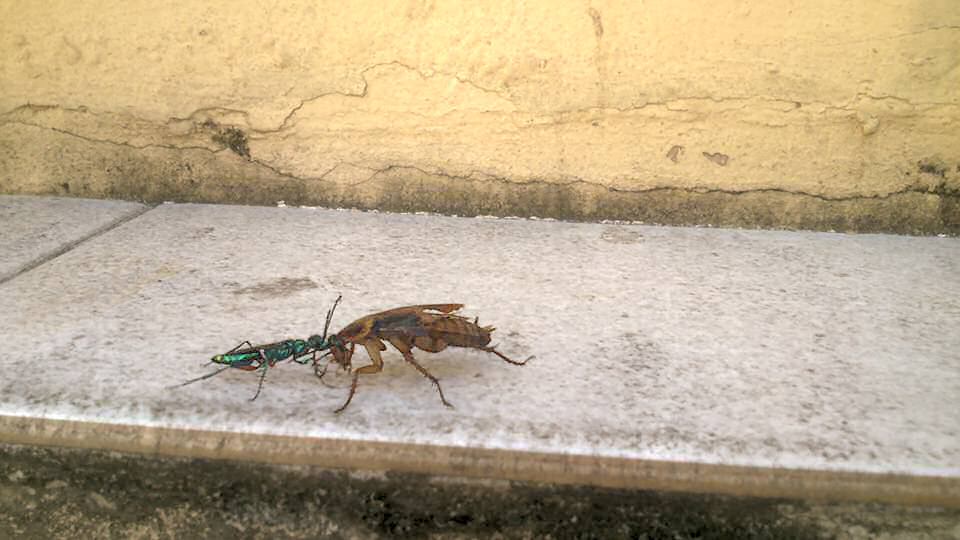
The emerald cockroach wasp represents one of nature’s most perfect and terrifying predators. Its ability to turn a living creature into a compliant zombie through precise brain surgery reveals the incredible sophistication hidden in the insect world. This tiny wasp has mastered techniques that human neuroscientists are only beginning to understand, using millions of years of evolution to perfect the ultimate act of biological manipulation. The next time you see a cockroach scurrying across your floor, remember that somewhere in the world, one of these jeweled wasps might be preparing to turn it into a living zombie. Nature’s cruelty knows no bounds, but neither does its ingenuity.

